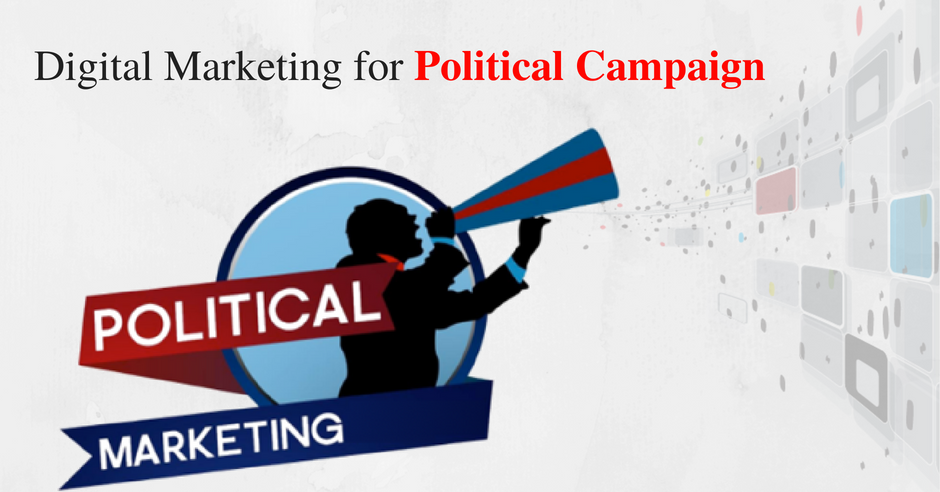
You’ve probably heard that social media is a powerful tool for politicians. It’s a way to connect with voters, share your platform, and get your message out there. But what does a social media strategy for politicians look like? And how do you create one that’s successful?
Don’t worry, we’re here to help. In this article, we’ll walk you through the steps to creating a social media strategy that works for you and your campaign. We’ll start with the basics—like defining your goals and target audience—and move on to more advanced tactics like creating content and measuring success.
By the end, you’ll be ready to hit the ground running and start using social media to connect with voters and win your election!
Why Social Media Is Important for Politicians
Politicians need to utilize social media in order to stay connected with their constituents and to get their message out. It’s the perfect platform for them to share updates, announcements, and policies, as well as to connect with voters on a more personal level.
Social media also provides a way for politicians to respond to criticism and engage with their constituents in a more open and transparent way. It’s the perfect way for them to show that they’re listening and that they care about what their constituents have to say.
What Are the Most Popular Social Media Platforms for Politicians?
Politicians are constantly looking for new ways to engage with their constituents, and social media is a great way to do that. But not all social media platforms are created equal. Some platforms are more popular than others for politician use.
According to a study by the Pew Research Center, the most popular social media platforms for politicians are Twitter, Facebook and YouTube. In fact, 83% of politicians surveyed said they use Twitter to communicate with the public, and 72% said they use Facebook. And while YouTube is not as popular as the other two platforms, more than half of the politicians surveyed said they use it to reach out to constituents.
Tips for Creating a Social Media Strategy
Now that you understand the basics of social media, let’s talk about how to create an effective social media strategy for your campaign.
1. Know your audience. This is key to any successful marketing campaign. You need to know who your target audience is and what platforms they’re using. If you’re not sure, do some research or ask your supporters directly.
2. Create content that resonates with your audience. Make sure your content is interesting, relevant and engaging. Think about what your audience wants to see and share content that they’ll want to retweet or like.
3. Be strategic with your timing. Post content when your audience is most likely to be online and paying attention. For example, if you’re targeting young voters, post content during the evening when they’re relaxing after work or during the weekend.
4. Use hashtags wisely. Hashtags can help you reach a wider audience, but make sure you use them correctly. Don’t use too many hashtags and make sure they’re relevant to your content.
5. Be responsive. Make sure you monitor your social media feeds and respond to comments and questions promptly. Show that you’re engaged with your constituents and willing to listen to their concerns.
How to Measure the Success of Your Social Media Strategy
Now that you have a social media strategy in place, it’s important to measure the success of your efforts. This will help you determine what’s working and what’s not, so you can make changes as needed.
Here are a few metrics you can use to gage the success of your social media strategy:
– Reach: This is the number of people who see your content. A good way to increase reach is to promote your content on other channels, such as paid advertising or email marketing.
– Engagement: This is the number of people who interact with your content, such as by liking, commenting, or sharing. A good way to increase engagement is to post content that’s relevant and engaging, and to respond to comments and questions in a timely manner.
– Traffic: This is the number of people who click through to your website from your social media channels. A good way to increase traffic is to include links to your website in your posts, and to post regularly.
– Conversion rate: This is the number of people who take a desired action on your website, such as subscribing to your newsletter or making a purchase. A good way to increase conversion rate is to include a call-to-action in your posts, and to make it easy for people to take that action (for example, by providing a link).
Examples of Successful Social Media Strategies for Politicians
Now that we’ve gone over what you need to do to create a successful social media strategy for politicians, let’s take a look at some examples of politicians who are doing it right.
– Barack Obama: One of the most successful social media strategists in politics is former President Barack Obama. His team used social media to connect with voters on a personal level and to share his vision for the country. They also used platforms like Snapchat to reach young voters.
– Alexandria Ocasio-Cortez: Another politician who’s killing it on social media is Alexandria Ocasio-Cortez. She uses her platforms to communicate her policies and beliefs, and she isn’t afraid to take on her opponents. She also uses social media to connect with her constituents and build relationships with them.
– Justin Trudeau: Canadian Prime Minister Justin Trudeau is another great example of a politician who’s using social media effectively. He uses social media to share his government’s achievements, engage with citizens, and promote Canadian values.
Conclusion
If you want to create a social media strategy that works for politicians, you need to understand what voters want and how social media can be used to reach them.
There are a few things to keep in mind when creating a social media strategy for politicians. First, politicians need to be strategic about which social media platforms they use. They should also create content that is shareable and engaging, and they should be sure to monitor and respond to comments and questions.
By following these tips, politicians can create a social media strategy that voters will respond to.






